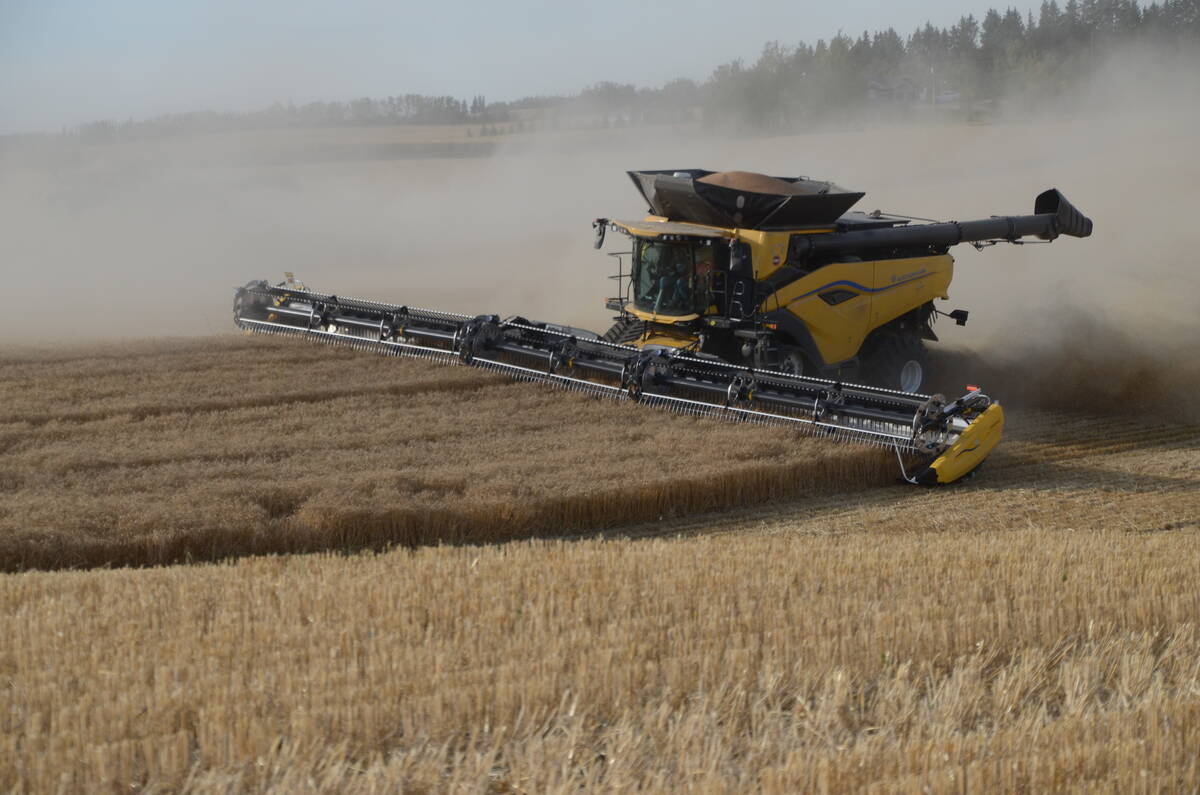Hog operations should consider their neighbors before building a new barn, according to a panel of international production experts.
The industry has gained a bad reputation because it has built barns beside people who have moved out of cities to an acreage in the country, said Gary Dial, a veterinarian known for his work on the University of Minnesota’s Pig-champ computer program.
“We keep going around throwing dung on ourselves and then we wonder why we smell,” said Dial.
He is in charge of production for Brown’s of Carolina, the production arm of Smithfield Foods Inc., where company and contract barns produce about two million market hogs per year from about 100,000 sows.
Read Also

Grain farming on solid financial ground: Farm Credit Canada
There may be situations are farmers are stretched financially, but overall the industry is healthy, says FCC
He was part of a discussion prompted by a producer’s question at a recent seminar organized by International Pigletter.
The producer asked what size of operation panelists would build if they had a choice.
Dial said a 4,000-sow barn “doesn’t look like a city,” while a 6,000-sow barn does.
An eight-barn farrow-to-finish operation looks like a farm, while 20 finishing barns on the same piece of land looks like a “third-world housing project,” said Dial.
“Let’s build farms that are compatible with people in the area.”
Dial said he could cut costs and find an optimal flow in a 10,000-sow barn.
But he said he’s not sure whether he would be comfortable building this size of barn in the United States any more.
Go where they know
In North Carolina, producers have found new grow-finish barns are more socially accepted in places where similar barns already exist, said John Deen.
New sites are hard to find, said Deen, a swine researcher and veterinarian with North Carolina State University.
That’s why existing sites in North Carolina are getting larger, he said.
Mike Muirhead said he has moral concerns about large systems, as well as disease concerns.
Muirhead, an internationally known swine veterinarian from Yorkshire, U.K., said he has come to accept issues first raised by animal welfare groups.
For example, he said there is no way one part-time employee can give enough care and attention to 20,000 or 30,000 pigs in a feeder barn.
Muirhead said barn sizes have grown as operations try to lower costs, but changes are in the wind.
One prominent grocery store in England has already stipulated it will only buy pork from operations that don’t use sow crates.
Mike Wilson, a swine veterinarian from Guelph, Ont., said hog operations should be located where manure can be efficiently used.
He predicted decisions about barn size in 10 or 20 years will be based on the costs and returns of applying manure to the land.
“North American society will force it on us,” said Wilson, add-ing operations with 5,000 to 20,000 sows are socially unacceptable to neighbors within 15 to 30 kilometres.














